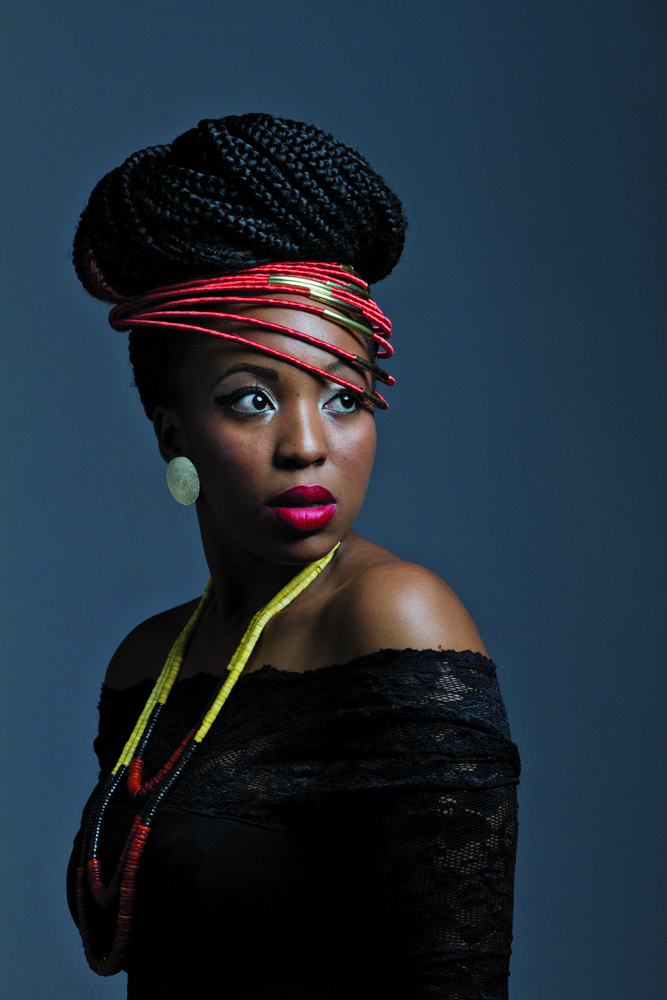No one can talk about photography legends without mentioning the world-renowned South African photographer Santu Mofokeng. Born in 1956, Mofokeng fought apartheid with his lens as part of the Afrapix collective.
An important critic of mainstream photojournalism, Mofokeng has inspired many photographers, young and old, including 26-year-old South African photographer, Lebohang Kganye.
“While I was studying photography at the Market Photo Workshop, in Johannesburg, I was introduced to the black and white photographs of Santu Mofokeng. I remember being drawn to the series Chasing Shadows about spirituality. It spoke quite personally to me, this search for something greater, not just a higher being, but a ‘call’,” says Kganye.
Even though Mofokeng’s photographs record the performance of rituals, with an intangible, unearthly presence, Kganye says Mofokeng also explores fictional and poetic musings.
Kganye began her photography studies in 2009 and is currently studying Fine Arts at the University of Johannesburg.
Loading...
“I first met Mofokeng in 2012, when I received the Tierney Fellowship award at the Market Photo Workshop. It was the beginning of winter and the two of us stood outside in the cold for hours talking about photography,” says Kganye.
After refusing to look at her photographs, Mofokeng insisted he needed to understand what informed Kganye’s work.
“I remember I just wanted him to critique my work and again he refused, saying I needed to realize my voice first and we carried on in conversation a few more hours,” says Kganye.
About a year later, Kganye revisited Mofokeng’s series The Black Photo Album/ Look at Me: 1890-1950, when she was working on her project Ke Lefa Laka. Similarly, Kganye was working on her family photo albums and she says she was fascinated with how Mofokeng’s work has tensions and overlaps between personal narratives, memory, collective history and the present.
“He helped me understand that family albums are a significant part of our family histories and the photographs are more than documentation of personal narratives. The family album is composed of a selection of what shall be remembered, what is not forgotten, therefore our histories become orchestrated fictions and imagined histories,” says Kganye.
She says Mofokeng’s work creates a space where the past and the present converge to create alternative versions of history and memory, often exposing the complexities of memory, the personal and collective.
“I find myself often paging through Mofokeng’s publications for a sentence or an image that could evoke something in me, his style and writings have inspired much of my work.”
Loading...
